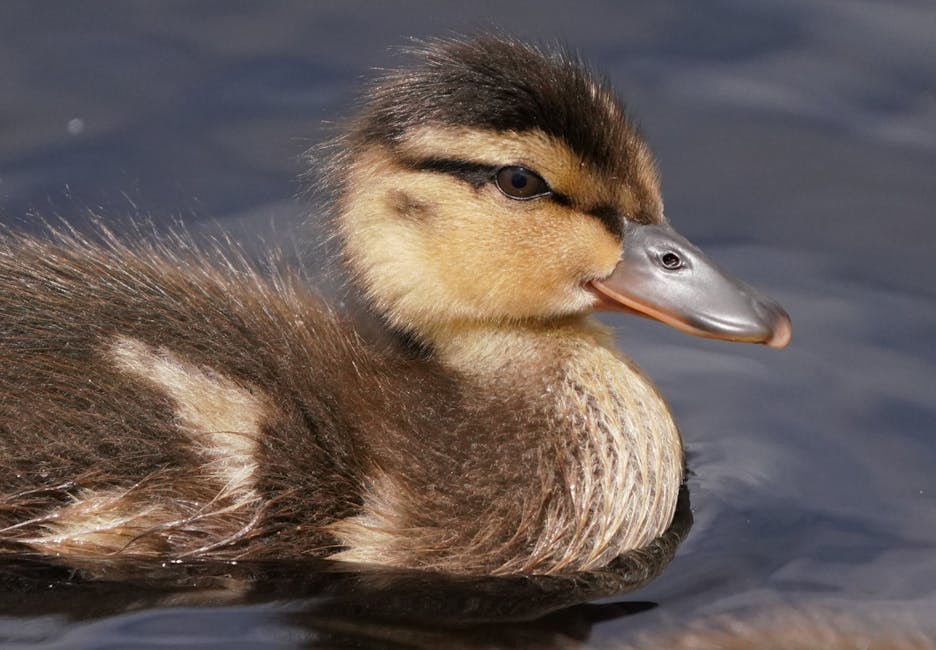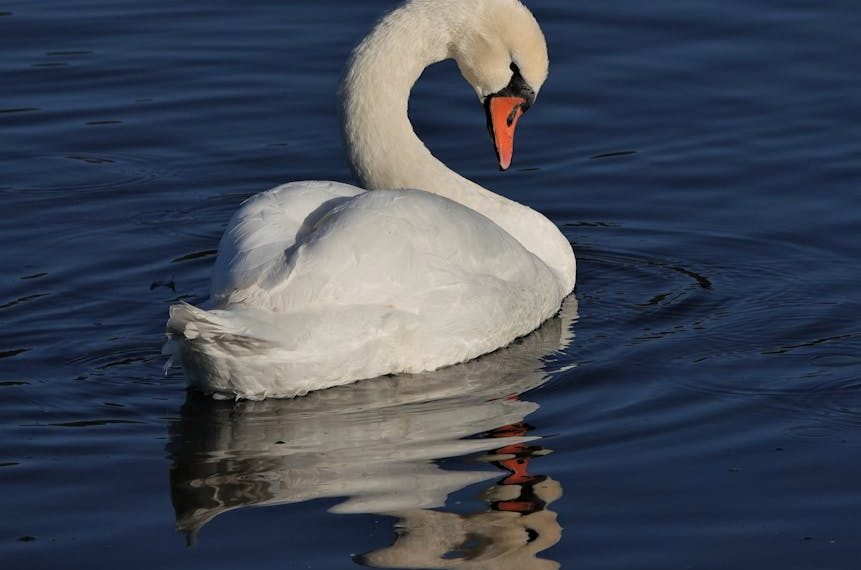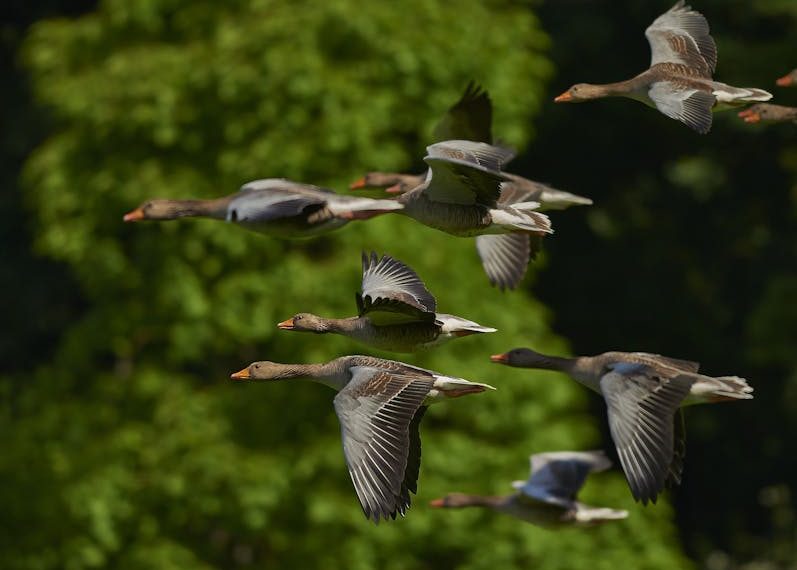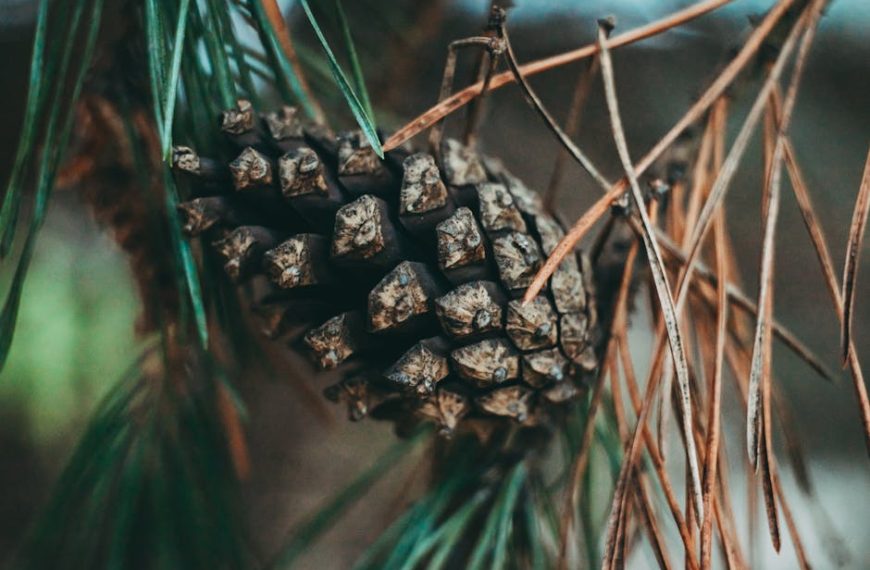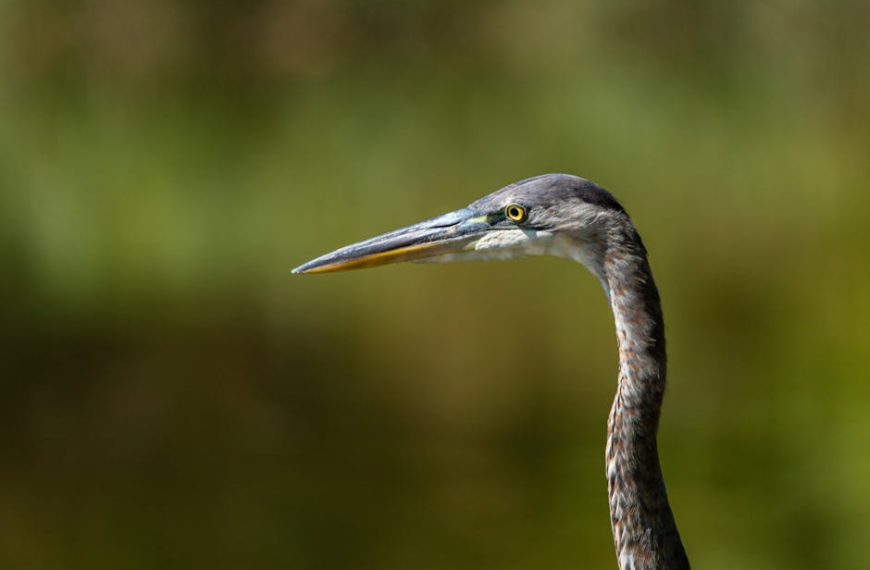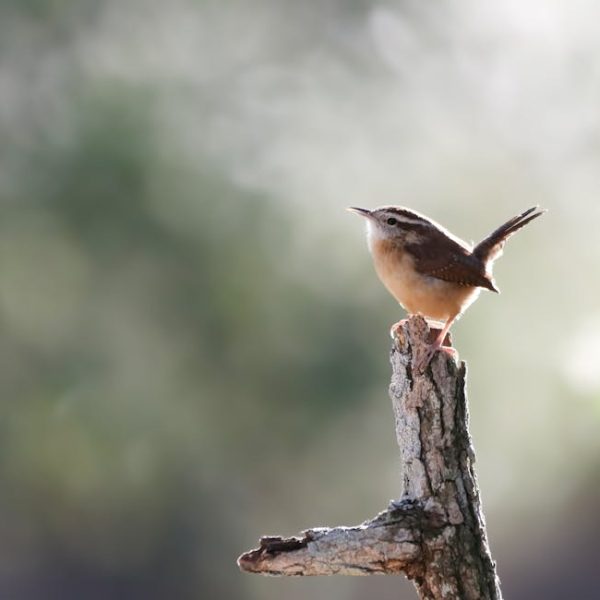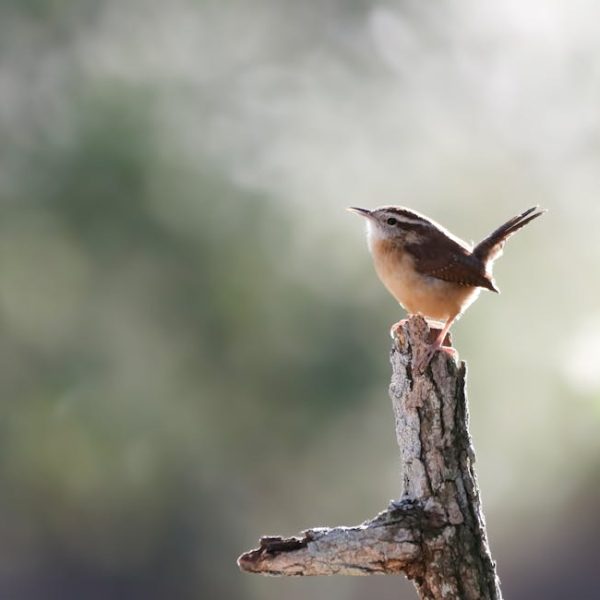Despite the charm of chirping birds adding an organic touch to your home’s ambiance, these feathered creatures nesting in your gutters is one malady you don’t want to entertain. Their presence may result in clogged gutters, household damage, and unsightly droppings on your property. Fortuitously, through a mixture of preventative measures and targeted action methods, you can create an environment that deters these avian neighbors from setting up their nests in your gutters.
Recognize Signs of Bird Presence in Gutters
Often, the first step in bird control is recognizing their presence. Birds tend to look for hidden, high spaces for nesting—your home’s gutters make for a perfect spot. Common indicators include unusual bird activity around your gutters, consistent chirping sounds, and visible nests. Also, watch out for bird droppings, which could lead not only to unsightly marks but also potential health risks.
To maneuver this, here’s a handy checklist:
- Listen for erratic chirping sounds.
- Look for increased bird activity near gutters.
- Look out for visible bird droppings around your property.
- Regularly check your gutters for nest material.
Observations detailed above could help you confirm a possible bird infestation. But it’s not one size fits all; different bird species leave varying signs.
⭐ Pro Tip: Hard-to-identify bird species? Look out the structure and material of nests. The sounds birds make also provide clues about the species.
Use of Bird Deterrents and Repellents
Bird deterrents and repellents are effective devices to mitigate bird infestation. When it comes to bird deterrents, several options come into play: visual deterrents, auditory deterrents, and physical deterrents.
Visual deterrents such as reflective tapes, scarecrows, fake owls, and predatory bird decals simulate predators’ presence and could be enough to frighten the birds away. Auditory deterrents like ultrasonic bird repellers mimic the sounds of predatory birds or distress calls that scare away other birds. On the other hand, physical deterrents include spikes or netting that discourage birds from landing or nesting.
Allow us to break down the pros and cons for you:
| Type of Deterrents | Pros | Cons |
|---|---|---|
| Visual Deterrents | Easy to install, relatively inexpensive | Returns may diminish over time as birds realize they are non-threatening |
| Auditory Deterrents | Can cover a large range, fully autonomous | Sometimes noise can affect other wildlife or become a nuisance for residents |
| Physical Deterrents | Long-lasting, very effective | Can be challenging to install, might detract from property’s aesthetic |
To boost the effectiveness of bird deterrents, position them prominently and move them around regularly.
Regular Gutter Maintenance and Cleanliness
Regular cleaning and maintenance form the cornerstone of effective bird control. When left unkept, gutters may accumulate leaves and debris, which provide birds with an excellent base for constructing nests.
To keep your gutter bird-free, consider:
- Removing potential nest-building materials and thereby limiting their attractions.
- Installing gutter guards to block access to nesting sites.
- Routine inspections to identify and disrupt early signs of nesting.
For the task, you may need:
- Ladder for accessibility
- Gloves for protection
- Gutter scooper or a small hand shovel for debris removal
- Bucket or plastic bag for debris collection
- Garden hose for rinsing
Remember that consistent gutter hygiene is imperative to keep birds at bay effectively.
End of Part 1.
Natural Bird Control Methods
If you value the environment and biodiversity, opting for non-invasive, natural bird control methods could be your best bet. These strategies aim to deter, rather than harm, the birds. In this case, our approach centers around utilizing bird-repelling plants or making homemade bird repellents.
Bird-repelling plants, such as lavender, rosemary, and lemongrass, exude a scent that’s simply unattractive to birds. On the other hand, homemade repellents, often made with ingredients like chili peppers, vinegar or essential oils, make your gutters less inviting to birds.
Here is a list of bird-repelling plants and ingredients for homemade repellents:
- Lavender
- Rosemary
- Lemongrass
- Chili peppers
- Vinegar
- Essential oils (like peppermint or citronella)
Application of homemade repellents will require a spray bottle, and the key is to regularly apply the mixture to your gutters, especially after rain.
⭐ Pro Tip: Varieties of bird-repelling plants can double up as a focal point in your garden!
Professional Intervention for Severe Bird Issues
Despite your best efforts, you may sometimes face a bird issue that warrants professional intervention. In cases where birds are protected species, or the infestation is too severe to handle independently and poses a risk to your health or property, call in the experts.
Choosing a reliable wildlife removal company involves evaluating a few key factors:
- Licensing and certification: Ensure that the company works with certified professionals and operates under the requisite licensing.
- Experience: Gauge the company’s proficiency through their experience and customer reviews.
- Safety measures: Make sure the service providers prioritize humane methods and safety protocols.
- Value for money: Compare costs across options to ensure you get good value for your investment.
⭐ Pro Tip: Request a plan of action from the company to ensure their intervention methods align with ethical and legal standards.
To conclude, no one wants the destructive presence of birds in their gutters. By recognizing early signs, using deterrents and repellents, maintaining regular cleanliness, opting for natural control methods or calling in professionals — say goodbye to your unwelcome avian lodgers. Rest assured, with these effective measures, enjoying bird-chirping sans the worries of infestation is entirely in your grasp!
Key Takeaway:
- Recognizing early signs of bird infestation in gutters is crucial in controlling bird presence. These signs can be unusual noises, droppings, or nests.
- Various types of bird deterrents, such as visual, auditory, and physical deterrents, can help discourage birds from nesting in gutters.
- Regular gutter maintenance and cleanliness is an effective way to deter birds.
- Natural bird control methods like planting bird-repelling plants or using homemade repellents can also help deal with birds in a non-harmful way.
- Professional intervention might be needed for resolving severe bird issues, especially when birds are protected species or when the infestation poses a health or property risk.
The birds’ presence in your gutters could cause unwanted issues, but by acknowledging early signs of infestation, deploying deterrents and repellents, maintaining regular cleanliness, and opting for both natural and professional means, you will successfully discourage these avian guests. Keep these strategies in mind and create a welcoming, bird-safe habitat that respects biodiversity whilst safeguarding your property.
FAQs
Q: What are some homemade ingredients I could use in crafting a bird deterrent?
A: Some ingredients for a homemade bird deterrent might include chili peppers, vinegar, and certain essential oils like peppermint or citronella.
Q: How often should I perform gutter maintenance to deter birds?
A: Regularly performing gutter maintenance, such as weekly or bi-weekly, can greatly deter birds from nesting since it prevents the build-up of nest-building materials.
Q: What characteristics should I look for in a wildlife removal company for bird control?
A: When selecting a wildlife removal company, consider the company’s licensing, experience, safety measures, and value for money. It’s best to choose a company that employs humane and ethical methods.
Q: Will bird deterrents affect other wildlife in my backyard?
A: Some auditory deterrents can affect other wildlife in your backyard as they mimic the sounds of predatory birds or distress calls. Consider this factor when deciding on the deterrent type.
Q: Are all bird species harmful to gutters?
A: Not all bird species are harmful to gutters. However, many species, when nesting in gutters, can cause blockages and other issues. If you’re unsure about a specific bird species, it’s best to consult with a professional.
Remember, your active participation contributes to a bird-safe environment. Share this article and discover more posts on our website to benefit from a wealth of knowledge on similar topics.
